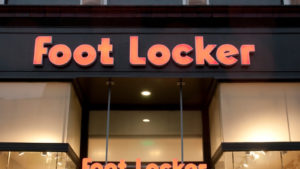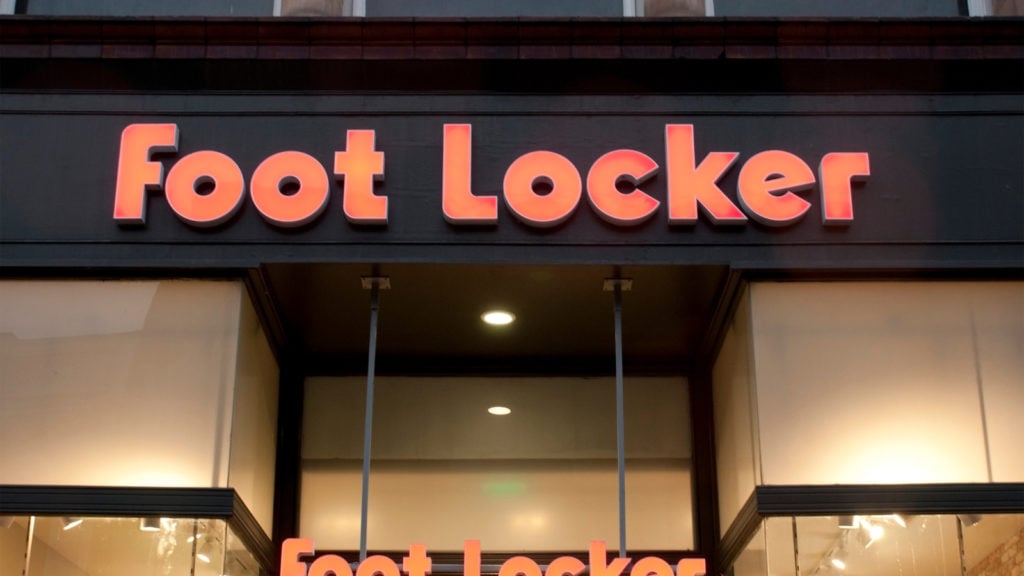Investing in high-yield dividend stocks is one of the best ways to accumulate wealth to fund your retirement. For the better part of a century, dividend-paying companies have far outperformed non-payers with less risk.
However, not all dividend stocks are created equal. Investors ignore the warning signs they sometimes give off at their peril. Even if a company has a long track record of paying a dividend and raising the payout every year, it doesn’t mean it will continue to do so. Walgreens Boots Alliance (NASDAQ:WBA) was a dividend aristocrat with a 91-year history of paying dividends. Yet it announced it slashed the payout by 48% to $0.25 per share.
Walgreens was among a group of high-yield dividend stocks that looked safe. Its dividend yielded 7.5% annually before the cut, and its cash flow payout ratio of 44% was well within the margin of safety. That’s typically a key indicator since companies pay their dividends out of free cash flow (FCF). And yet there were problems.
Cash and equivalents were falling while it had substantial long-term debt. FCF was dwindling, too. Where Walgreens paid $1.92 per share in annual dividends, it produced just $0.16 in free cash flow. Walgreens couldn’t afford the payout anymore. The dividend cut, although painful, was necessary.
But Walgreens is not alone. There are other high-yield dividend stocks at risk of cutting their payout. What follows are three you should be wary of.
Foot Locker (FL)

Athletic shoe and apparel retailer Foot Locker (NYSE:FL) paused its dividend beyond its fiscal second quarter payment in October. Management said it was necessary to put the payout on hiatus “To increase balance sheet flexibility in support of longer-term strategic priorities.” Presumably, that means getting sales growing again. The retailer saw sales for the period tumble 9% year over year, and it expects them to keep falling at that rate for the rest of the year. It forecasts comparable store sales to fall even faster.
Profits are no better, with net income plunging 70% and margins evaporating. More concerning is its reliance upon its retail footprint. Just 17% of Foot Locker’s sales are online, but almost three-quarters of all industry sneaker sales are online. The retailer is targeting 25% of sales to come from digital channels by 2026, but that may not be enough of a shift fast enough.
The dividend yielded 5.8% before the pause, but free cash flow per share has been negative since 2022 and is worsening. Although a “pause” sounds like the dividend could reappear, investors shouldn’t count on it. And if it does come back, it will likely be at a deeply diminished rate.
Nu Skin Enterprises (NUS)

Last February, Nu Skin Enterprises (NYSE:NUS) announced it increased its dividend to $0.39 per share. This was the 22nd consecutive year the personal care products company paid and raised its payout. The dividend yields 8.7%. While Nu Skin may announce another hike next month ahead of earnings, its dividend at current levels is not sustainable.
Nu Skin is paying out more in dividends than it generates in either earnings or free cash flow. It pays $1.56 per share in dividends but generates $1.16 per share in trailing earnings and just $0.76 per share in FCF. At the same time, the direct marketing company’s sales are falling, and profits are narrowing. While debt seems manageable, the outlook for a turnaround in its business is cloudy.
Because Nu Skin can’t cover the payout it’s difficult to see how it can continue making the payment let alone grow it. It could borrow money to do so, but that’s a warning sign itself. So, despite Nu Skin closing in on becoming a dividend champion or a company that’s raised its payout for 25 years or more, it’s hard to see how it crosses the finish line. There are much better stocks for income investors to buy.
Dominion Energy (D)

Electric and gas utility Dominion Energy (NYSE:D) is the third stock investors should be wary of. Its dividend yields 5.7%, but it probably won’t last very long like the others on this list.
Dominion cut the payout in 2020 after selling $10 billion of gas transmission and storage assets to Berkshire Hathaway (NYSE:BRK-A)(NYSE:BRK-B). A dividend cut following a large asset sale is not uncommon. Recall AT&T (NYSE:T) did the same after spinning off its WarnerMedia unit.
After raising the payout slightly afterward, Dominion’s dividend has stagnated for the past two years. The regulated utility is in the process of streamlining its business further to focus on core operations. Management maintains it is committed to paying the dividend. Investors, though, shouldn’t be so confident in that pronouncement.
Utilities are particularly sensitive to interest rate hikes because of their highly leveraged businesses. The Federal Reserve’s manic increases last year hit most utilities hard because their borrowing costs rose steeply. Dominion’s revenue is growing, but profits have weakened. It also carries exorbitant debt levels. It’s produced negative free cash flow in 10 out of the last 11 years. It’s partly why the utility is unloading assets every chance it gets.
At best, Dominion Energy is a stagnant utility stock. At worst, it’s on the verge of cutting its dividend. In neither case is it attractive for growth or income investors.
On the date of publication, Rich Duprey held a LONG position in T stock. The opinions expressed in this article are those of the writer, subject to the InvestorPlace.com Publishing Guidelines.
